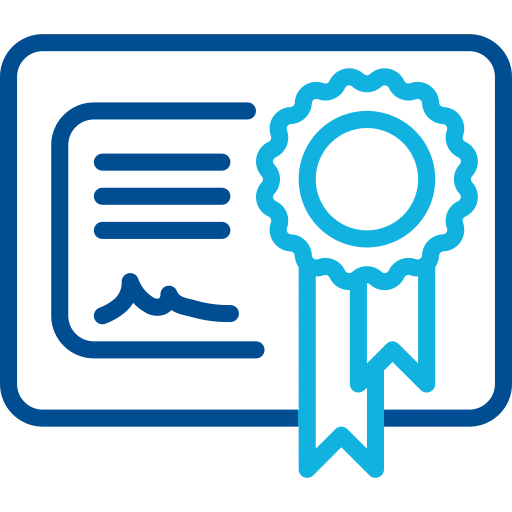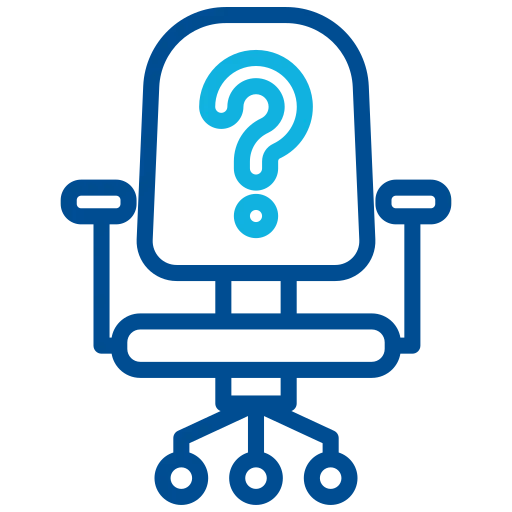The Tableau Training Course in Kolkata will help you get an awareness in this emerging domain. One will learn Tableau concepts and techniques and prepare you for a career role in this field.
This course is available to fit the requirement of students and working Professionals. 1. Course on Fundamentals of Tableau. 2. A more intense and full stack course on Tableau framework for those intending to pursue a career in this domain
What skills will the student gain?
After the completion of this course, the student will be able to:
- Master the concepts of Data Visualization and big data.
- Gain practical mastery over Tableau Server handling and a hands-on approach which includes working on projects.
- Acquire thorough knowledge of Data Blending, Data Acquiring.
- Learn Dashboard Layouts and Formatting
- Use of Forecasting, Clustering, Instant Analytics
Mode of Training
- The classes are delivered during Weekday or Weekend in classroom or online modes.
Locations:
- The training is offered in locations like Chennai, Bangalore, Kolkata, Mumbai and NCR.
| Course Name | Delivery Mode | Fee | Special Offer |
|---|
| Tableau Fundamentals | Online Live Trainer | Rs. 8,000+ 18% GST | Discount for 3+ enrollments |
| Tableau Full course | Online Live Trainer | Rs. 20,000+ 18% GST | Discount for 3+ enrollments |
Basic computer knowledge is required & Knowledge of Advanced Excel.Palium offers separate courses for the above. If one desires to learn more intensely then they can enroll for the same.
- Delegate pack consisting of study material and exercises
- Live Instructor training with a proficient, industrially-rich and seasoned expert
This is a complete hands-on training where the trainer will demonstrate each feature and participants will follow and do the same on the system.
After you enroll, you will be guided on how to access the system.
No. You will need to arrange software for your use.
You can gather your doubts and come by prior appointment to get your doubts cleared.
Yes, one can appear for the Microsoft Certification Exam
Yes, participants receive a certificate after completing the course provided they have attended 90% of the class.







